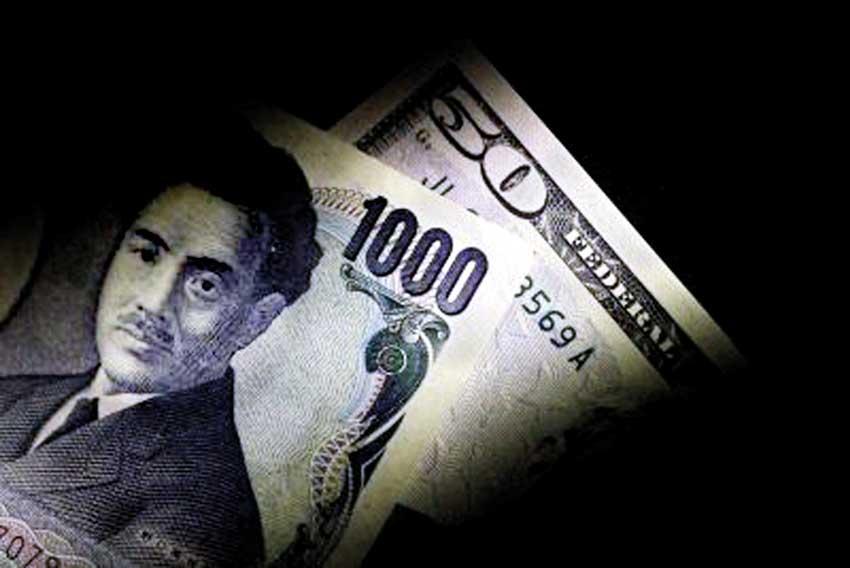Reply To:
Name - Reply Comment

By Andrew Sheng
Central banks worldwide have become the white knights to the rescue in the COVID-19 economic crisis. Having pledged ‘whatever it takes’ to expand liquidity and their balance sheets to fight the economic impact, they have been applauded.
The US Federal Reserve was among the first to act, cutting rates to near zero, by 150 basis points in one early-March swoop, and rapidly escalating purchases of government securities, mortgage paper and other assets, with almost no upper limit.
The European Central Bank (ECB) was initially cautious but added €1 trillion (US$926 billion) in credit facilities. The People’s Bank of China (PBOC) expanded re-lending and re-discounting facilities by 1.8 trillion RMB (US$256 billion) and lowered bank reserve requirements to facilitate greater
lending to businesses.
Three-part salvo
On 27 April the Bank of Japan (BOJ) delivered a three-part salvo that also committed to purchase Japanese government bonds (JGB) without limit, triple the amount of corporate bond and commercial paper purchases, and fund commercial bank lending to small and medium-enterprises (SMEs).
So far, this ‘helicopter money’ has stemmed financial market panic and engineered bear market rallies. But since a COVID-19 vaccine could be over a year away, what are the longer-term implications of central bank intervention?
War financing aside, the speed and scale of central bank action is unprecedented. Quantitative easing (QE) took root in the global financial crisis as a tool to expand central bank balance sheets by direct funding of government, corporate and bank debt. Come April 2020, the top four central banks’ (Fed, ECB, BOJ and PBOC) balance sheet size was US$21.6 trillion, more than triple that at the end of 2007. By the end of 2018, global central bank assets were US$30 trillion — less than global insurance assets (US$34 trillion) but growing faster.
With the Congressional Budget Office estimating the US federal budget deficit would reach US$3.7 trillion in fiscal 2020, the Fed’s balance sheet will rise sharply — already reaching US$6.6 trillion, or 30 per cent of GDP, by 21 April. The BOJ’s already exceeds 100 per cent of GDP. The ECB and PBOC sit around 40 per cent.
When central banks are that large, their asset purchases significantly affect total resource allocation and market distribution of risks. The BOJ already holds half of all JGBs and 9 per cent of all Nikkei-indexed exchange traded funds (ETFs) and the Fed owns nearly 60 per cent of outstanding US mortgage-backed securities.
As central banks ramp up buying all types of assets, including funding SMEs and even paycheck loans, have they implicitly become the largest underwriter of credit risk? There is increasingly significant moral hazard built into investor expectations, that every time financial markets wobble, central banks exercise the ‘Greenspan put’ by cutting interest rates or injecting liquidity.
Central banks have gradually moved beyond ‘lender of last resort’ to become major players and determinants of market prices. Free financial markets operate under assumption that market prices are determined competitively by many players of roughly equal size. Large-scale QE has proved this a myth.
QE has been blamed mostly but not totally fairly for shifting global nominal and real interest rates to or below zero. With the pandemic-induced crisis, it is hard to see how these rates (and very low credit spreads) can be good guides for efficient asset allocation. With limited prospects for growth without vaccine, private sector investment will remain subdued, so central bank liquidity will be deployed for speculative rather than productive purposes. Consequently, central banks will be blamed for facilitating more asset bubbles and worsening inequalities in the post-pandemic era.
QE seems able to magically conjure resources out of thin air without inflationary consequences. Why bother to tax and why can’t central banks fund global public goods? Why can’t central banks create a special drawing rights (SDR)-based global climate change fund to tackle climate change?
There is a snag to this QE privilege. It appears confined mainly to reserve currency central banks. Any emerging-market central bank that tries it faces greater domestic inflation
or capital outflows.
And who will pay for the pandemic losses when central banks end up holding a large chunk of financial assets on their balance sheet? Won’t this mean the socialisation of losses and privatisation of gains? If these losses are inflated away, won’t the poor and savers bear the losses of credit defaults?
No clear answers
The pandemic has opened a Pandora’s box of unanswered questions to which central bankers have no clear answers. They can act when politicians are reluctant to take tough tax and structural reform decisions and have marched first into the breach, without an exit plan.
QE monetary creation and liquidity are only temporary aspirins to ease crisis pain. They do not address the painful but necessary structural adjustments needed to redesign the high consumption, high debt, just-in-time economy that is fiscally, financially and ecologically unsustainable and socially fragile.
The winner under social distancing is online business. What will emerge post-pandemic is Big Government and Big Tech, with small businesses and workers finding themselves further marginalised if they do not have the wherewithal to transform.
Like the coronavirus, QE can’t be put back in the bottle. Central bankers can no longer pretend that they are apolitical independent institutions. They wield a tool that can make or destroy the social fabric. It is time to have a serious conversation about the post-pandemic social contract that must include the role of central banks. (Courtesy East Asia Forum)
(Andrew Sheng is Distinguished
Fellow of the Asia Global Institute at the University of Hong Kong)